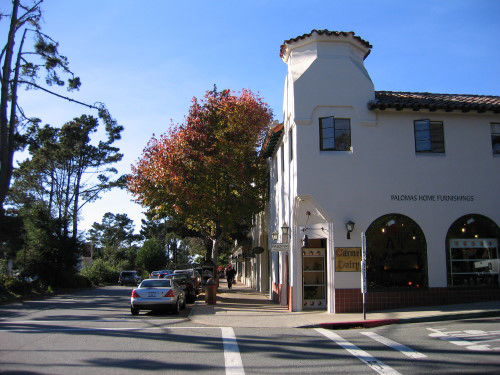"The traveler sees what he sees, the tourist sees what he came to see."
-G.K. Chesterton
To come away from the Monterey Peninsula with a real understanding of what makes it so special, one must get away from the Tourist Attractions and experience what the local folks enjoy in their daily lives. Tourist Attractions have little in common with the Real Life of the community. Locals generally stay away from them because they tend to offer mere superficial representations of local culture, if they represent it at all. Moreover, many Tourist Attractions are simply places that try to sell you things you wouldn't consider buying if you were home. (See the note at the bottom about souvenir shops). Should you avoid Tourist Attractions? No, but Mr. Toy advises that you take them in relatively small doses.
Here's a simple guide to which areas of the Monterey Peninsula are Real Life and which are Tourist Attractions. Some areas are an odd mixture of both.


Free AI Website Builder